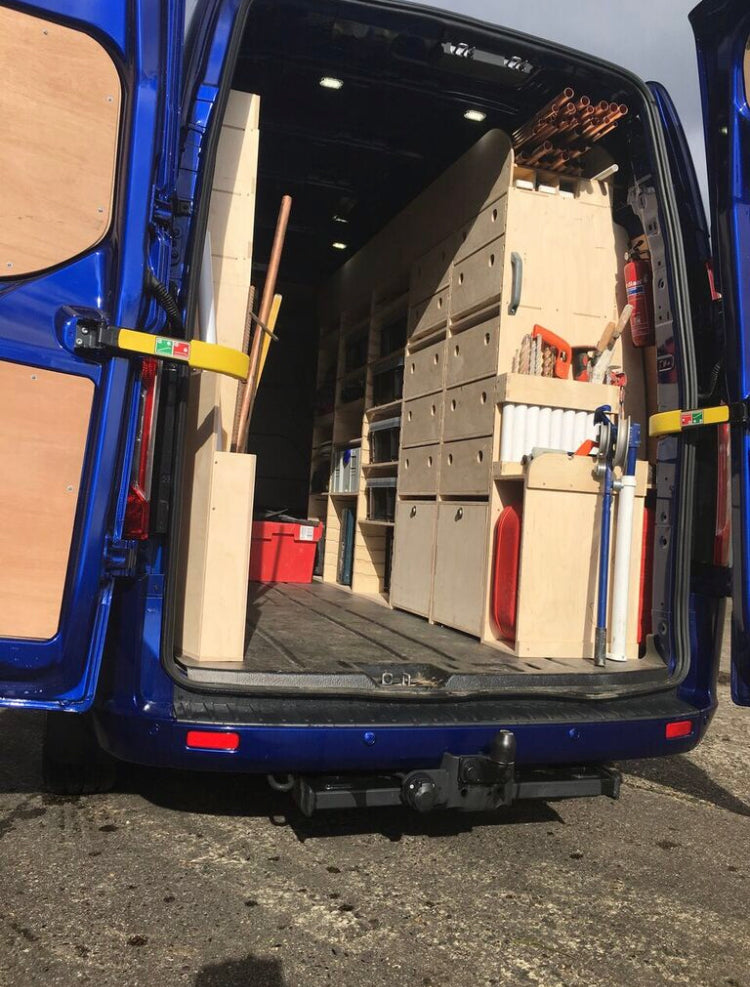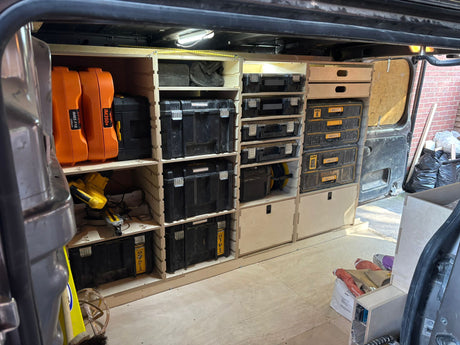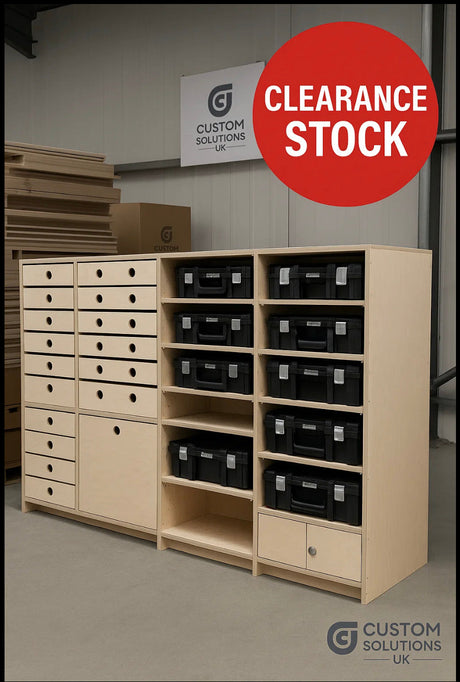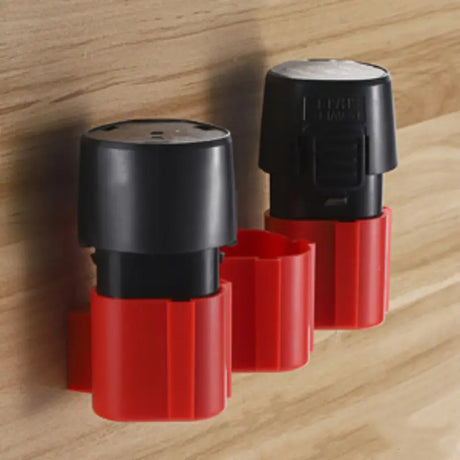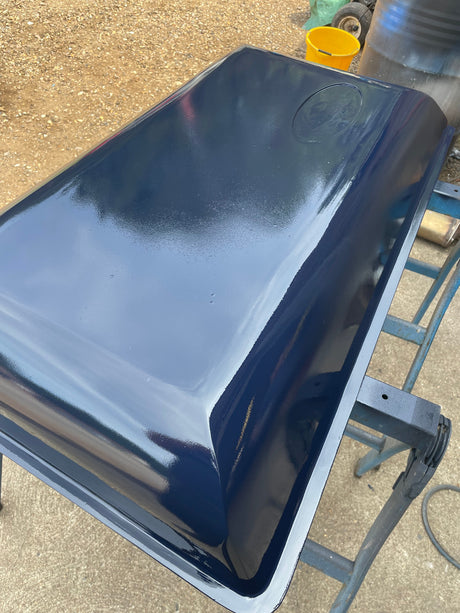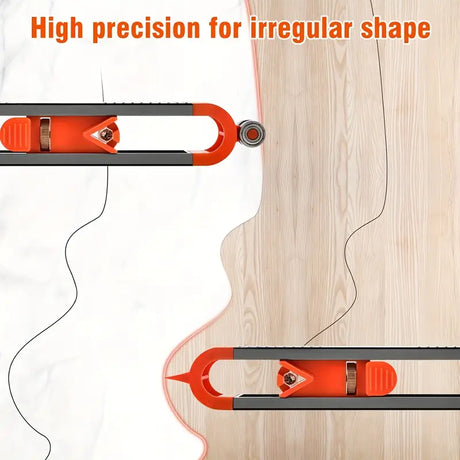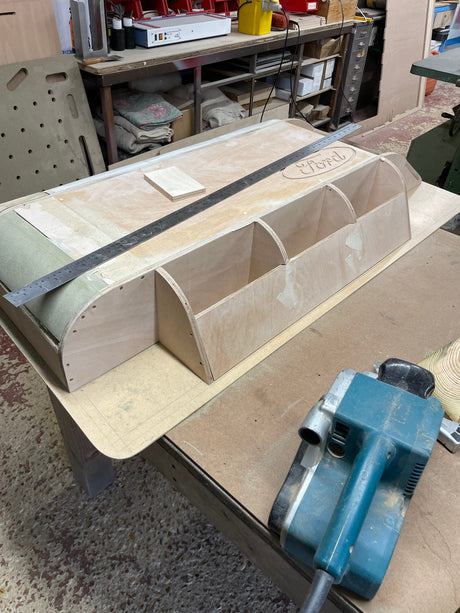Optimise Your Van Space with Custom Solutions Racking
[date added 22-01-2023 13.32pm]
[last updated 04-07-2024 3.13pm]
When it comes to outfitting the rear of a van, precision in measurement and detailed planning are crucial to ensure that your custom-built racking systems fit securely and functionally. At Custom Solutions, we prioritize two critical dimensions to tailor our installations perfectly: install length and install height.
We look at 2 most important measurements install length & Install height. As we are slowly configuring our SET’s to show the install length and install height. under Pro Unique you can search SET-InstallLength-InstallHeight using 4 digits in mm. Here is an example SET-2500-1200 showing a install length of 2500mm and height of 1200.
Key Measurements for Custom Van Racking:
-
Install Length: Measured from the bulkhead to the back doors, this dimension helps define the maximum usable length within your van. For optimal fit, we consider the most protruding part on the bulkhead, typically where the ply lining ends.
-
Install Height: This is gauged from the van's floor to the ceiling beam. Variations often occur near roof beams, so our configurations cater to different heights: 1200mm for transit-sized vans, 1000mm for smaller models like the Caddy, and up to 1775mm for larger requirements.
-
Interior Width: Understanding the width across your van—from side to side and between the wheel arches—is vital. Our designs maximize space efficiency, offering slim-depth units when needed to preserve valuable floor space.
-
Load Capacity: Every van has its limits. Recognizing the maximum weight it can safely carry is imperative to avoid overloading and potential damage. Our lightweight yet durable materials help keep the overall weight down without sacrificing functionality.
Why Choose Custom Solutions?
-
Compatibility: Our products are designed to universally fit any van model, crafted to accommodate your specific tools and evolving needs. Unlike other racking systems, ours adapt to you, not the other way around.
-
Security and Accessibility: Our racking systems not only securely anchor each unit in place but also offer easy access to your tools. Features like adjustable shelves, pull-out drawers, and individual tool compartments enhance both security and convenience.
-
Flexibility and Cost-Effectiveness: Our systems are built to last and evolve with your needs. The flexibility to reconfigure your setup ensures that your investment adapts over time, offering significant long-term value.
Future Developments:
We are committed to enhancing our understanding of van dimensions and developing real-life products that fit perfectly in the back of any van. Our ongoing research and development are aimed at continually improving our offerings, ensuring they meet the specific needs of tradespeople everywhere.
Engage with Us:
As we expand our offerings and tailor our systems to meet the demands of the American market, we invite you to share your thoughts and requirements. Whether you're looking for a detailed 3D design of a trailer build or just starting to explore your options, reach out to us. We're here to help you create a mobile workspace that not only meets but exceeds your expectations.
Connect with us via WhatsApp to discuss your specific van racking needs and let us help you optimize your mobile workspace with precision and professionalism.

